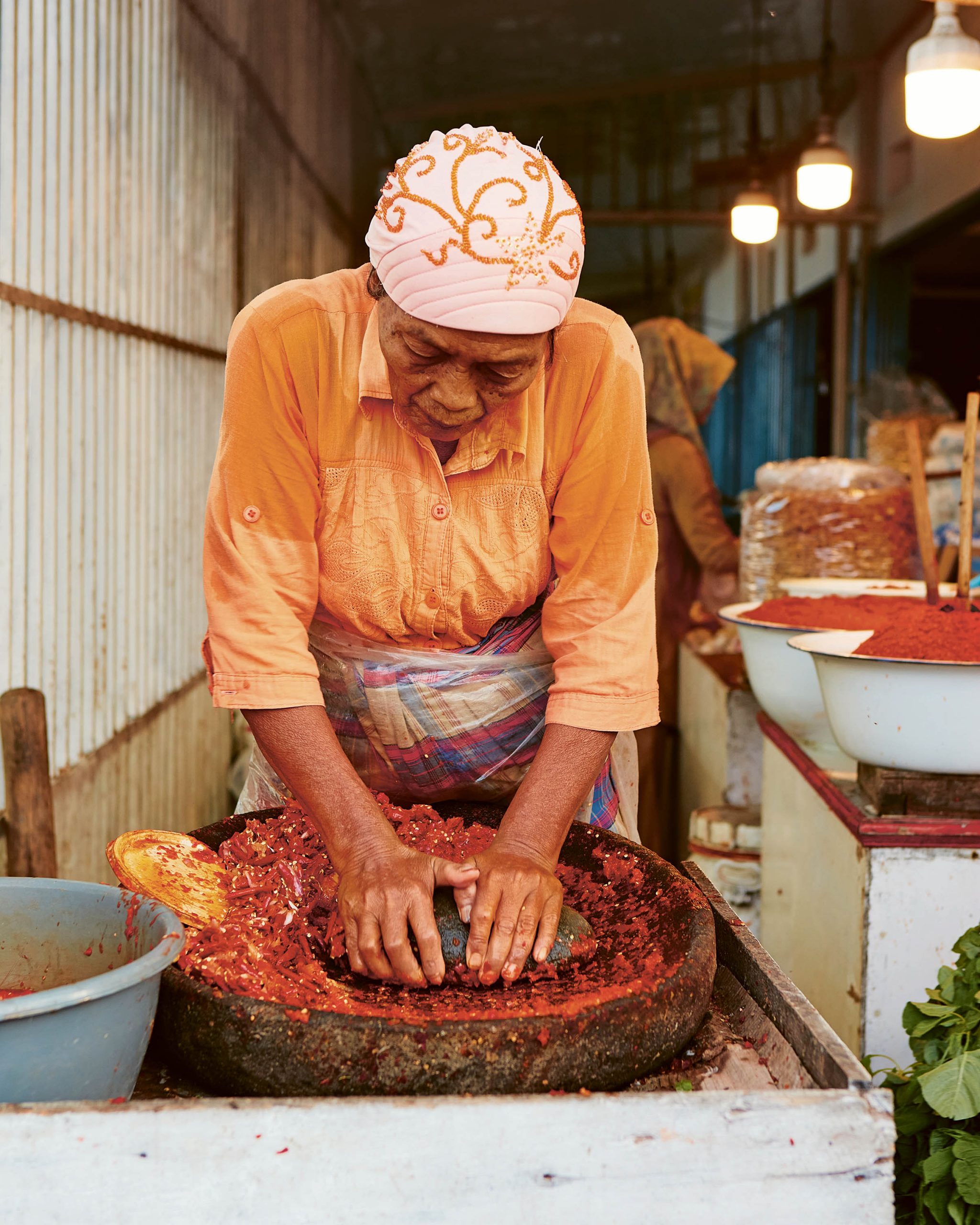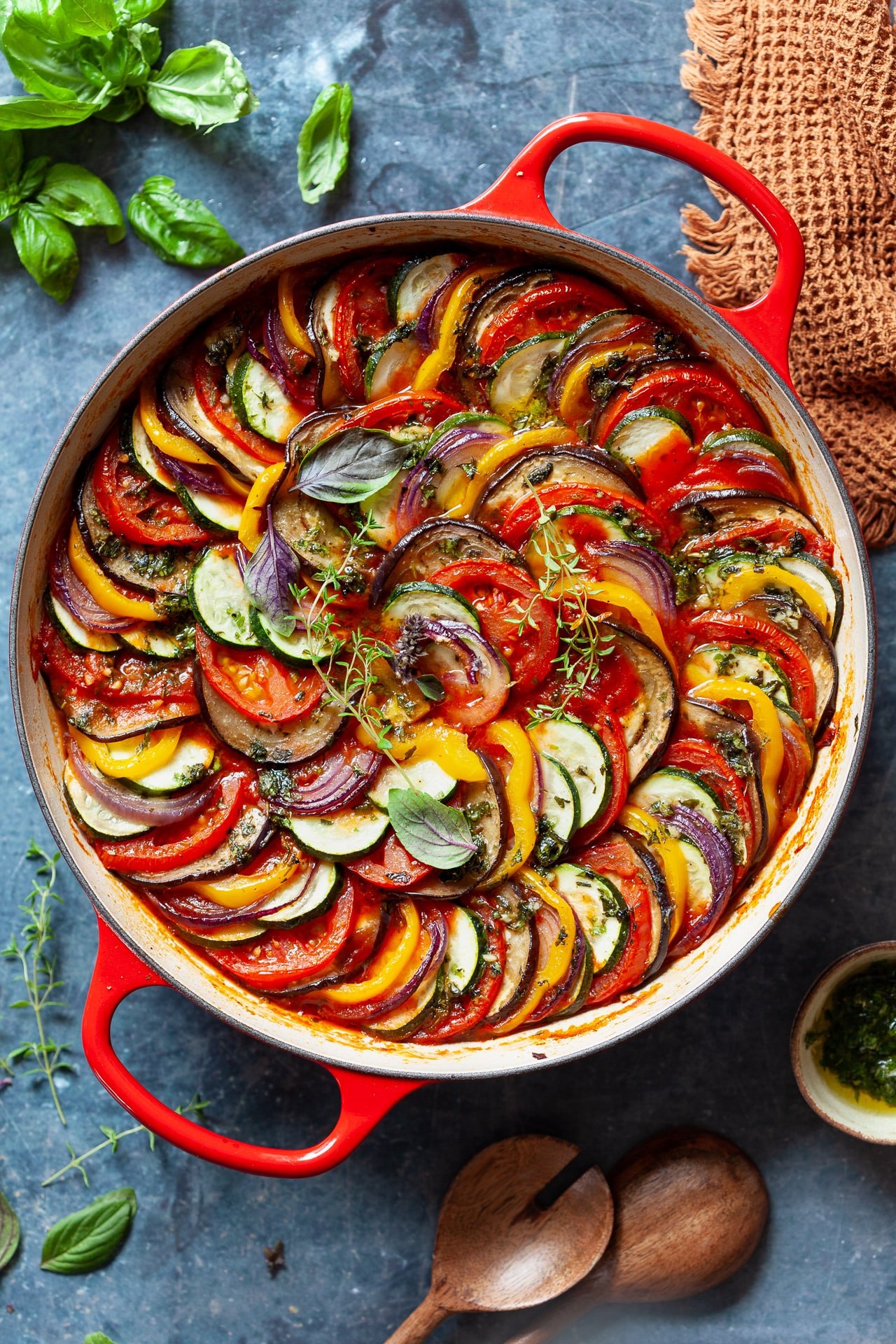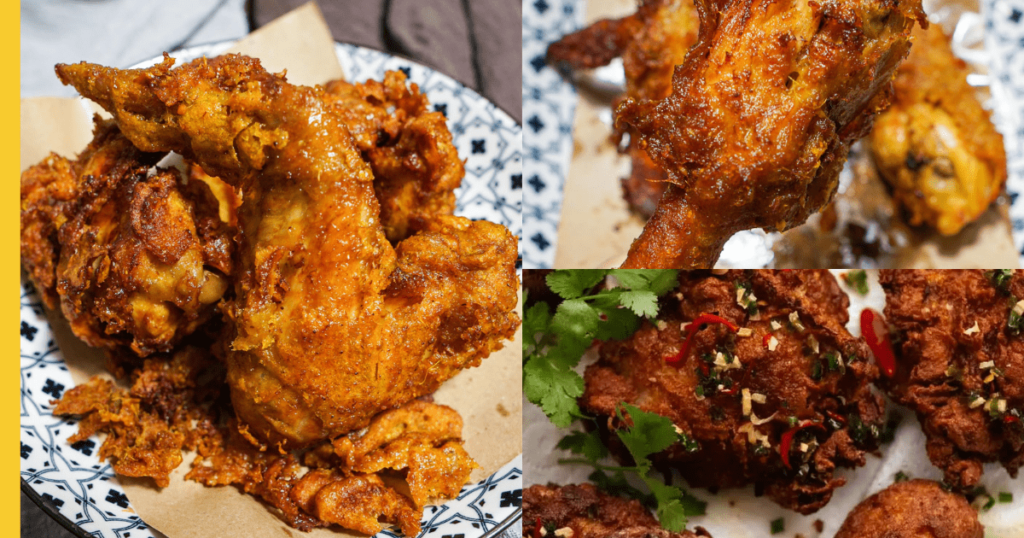Tiwul: A Journey into the Heart of Javanese Cuisine
Related Articles
- A Journey Through Flavors: Exploring The World Of Biryani
- Nasi Lemak: A Culinary Journey Through Malaysia’s National Dish
- The Allure Of The Croissant: A Journey Through The History, Technique, And Delight Of This French Icon
- A Journey Into Szechuan Chicken: From Humble Beginnings To Culinary Mastery
- A Journey Into The Heart Of Indonesian Comfort Food: Exploring The World Of Bubur Ayam
Introduction
Uncover the latest details about Tiwul: A Journey into the Heart of Javanese Cuisine in this comprehensive guide.
Tiwul: A Journey into the Heart of Javanese Cuisine

Tiwul, a humble yet deeply rooted staple of Javanese cuisine, is more than just a food. It’s a testament to the ingenuity of Javanese people, their resourcefulness in harnessing nature’s bounty, and their enduring spirit in the face of adversity. This article delves into the world of tiwul, exploring its history, the intricacies of its preparation, and the countless ways it graces the Javanese table.
A Journey Through Time: The History of Tiwul
Tiwul’s origins are deeply intertwined with the history of Java, a fertile island with a rich agricultural heritage. The core ingredient, cassava, was introduced to the region by Portuguese traders in the 16th century. However, it wasn’t until the early 20th century, during the Dutch colonial period, that cassava truly rose to prominence as a food source.
The Dutch, aiming to maximize agricultural output, encouraged the cultivation of cassava over rice. This was partly due to cassava’s resilience – it thrives in various soil conditions and requires less water than rice. However, it also contributed to the rise of tiwul as a staple food for the Javanese people.
During World War II, the Japanese occupation disrupted rice production, leading to a severe food shortage. This further solidified tiwul’s position as a vital source of sustenance. The resilience of cassava and the ease of preparing tiwul made it a lifesaver for many Javanese families.
Beyond Just a Food: The Cultural Significance of Tiwul
Tiwul’s significance extends beyond its nutritional value. It holds a special place in Javanese culture, symbolizing resilience, resourcefulness, and a deep connection to the land.
- A symbol of resilience: Tiwul’s history is intertwined with periods of hardship, representing the ability to adapt and thrive even in difficult times.
- A testament to resourcefulness: Utilizing cassava, a readily available and adaptable crop, demonstrates the Javanese people’s ingenuity in transforming simple ingredients into nourishing meals.
- A connection to the land: Tiwul’s production, from planting the cassava to the final preparation, highlights the importance of agriculture and the close relationship Javanese people have with their land.

From Root to Table: The Process of Making Tiwul
The journey from raw cassava root to the familiar, earthy aroma of tiwul is a process steeped in tradition and meticulous technique. Here’s a step-by-step guide:
1. Harvesting and Preparing the Cassava:
- Harvesting: Cassava roots are typically harvested after about 8-12 months of growth.
- Cleaning: The roots are thoroughly cleaned, removing any dirt or debris.
- Peeling: The tough outer skin of the cassava is peeled off, revealing the white, starchy flesh.
2. Grating and Drying:
- Grating: The peeled cassava is grated into fine strands using a traditional grater or a modern food processor.
- Drying: The grated cassava is spread out in the sun to dry, typically for 2-3 days, until it reaches a slightly brittle consistency. This drying process is crucial for removing excess moisture and preserving the cassava.

3. Roasting and Grinding:
- Roasting: The dried cassava is roasted over an open fire or in a pan until it turns a light brown color. This roasting process further dries out the cassava and adds a distinctive flavor.
- Grinding: The roasted cassava is then ground into a fine powder using a traditional stone mortar and pestle or a modern grinder.
4. Shaping and Cooking:
- Shaping: The cassava powder is mixed with a small amount of water to form a dough-like consistency. This dough can be shaped into various forms, such as small cakes, balls, or even flat sheets.
- Cooking: The shaped tiwul is typically steamed or boiled until cooked through. Steaming preserves the natural flavor and texture of the tiwul, while boiling offers a slightly softer texture.
5. Serving and Enjoying:
- Serving: Tiwul can be served hot or cold. It’s often accompanied by various savory or sweet toppings, such as:
- Savory:
- Sayur Lodeh: A vegetable curry with coconut milk.
- Sambal: A spicy chili paste.
- Tempe Orek: Stir-fried tempeh with sweet soy sauce.
- Sweet:
- Gula Jawa: Palm sugar.
- Ketan Hitam: Black glutinous rice.
- Kelapa Parut: Grated coconut.
- Savory:
Essential Tips for Making Perfect Tiwul:
- Fresh Cassava: Using fresh, high-quality cassava is crucial for a delicious tiwul.
- Drying Time: Ensuring the cassava is thoroughly dried is essential to prevent the tiwul from becoming sticky or dense.
- Grinding Consistency: The finer the cassava powder is ground, the smoother the final tiwul will be.
- Moisture Level: The amount of water used in shaping the tiwul should be just enough to create a workable dough, avoiding a overly dry or wet consistency.
- Cooking Time: Overcooking the tiwul can result in a mushy texture, while undercooking can leave it hard and chewy.
Beyond the Basic: Exploring Tiwul Variations
Tiwul’s versatility extends beyond its basic preparation. Javanese cuisine offers numerous variations, each adding a unique twist to this traditional staple.
1. Tiwul Putih (White Tiwul):
- Ingredients: White cassava, water.
- Preparation: Follows the standard tiwul preparation process, resulting in a pale white, slightly grainy texture.
- Serving: Typically served with savory toppings, such as sayur lodeh, sambal, or tempe orek.
2. Tiwul Ireng (Black Tiwul):
- Ingredients: Black cassava, water.
- Preparation: Follows the standard tiwul preparation process, resulting in a dark brown, slightly sweet flavor.
- Serving: Often enjoyed with sweet toppings, such as gula jawa, ketan hitam, or kelapa parut.
3. Tiwul Ketan (Tiwul with Glutinous Rice):
- Ingredients: White cassava, glutinous rice, water.
- Preparation: Grated cassava and glutinous rice are mixed together, then dried, roasted, and ground. The final dough is shaped and cooked as usual.
- Serving: Can be enjoyed with both savory and sweet toppings, offering a balanced flavor profile.
4. Tiwul Goreng (Fried Tiwul):
- Ingredients: White cassava, water, cooking oil.
- Preparation: Cooked tiwul is cut into small pieces and deep-fried until golden brown.
- Serving: Often served as a snack or side dish, offering a crispy texture and a savory flavor.
5. Tiwul Bacem (Braised Tiwul):
- Ingredients: White cassava, water, soy sauce, brown sugar, garlic, ginger, bay leaves.
- Preparation: Cooked tiwul is braised in a flavorful broth until it absorbs the rich, savory flavors.
- Serving: Can be enjoyed as a main dish, offering a hearty and satisfying meal.
Culinary Tips for Mastering Tiwul:
- Don’t Over-Grind: While a fine grind results in a smooth texture, over-grinding can lead to a dense and sticky tiwul.
- Water is Key: Adjust the water quantity based on the cassava’s moisture level and the desired texture. Too much water will result in a soft, mushy tiwul, while too little will make it dry and crumbly.
- Experiment with Toppings: Tiwul’s versatility allows for endless topping combinations. Don’t be afraid to experiment with different flavors and textures to create your own signature tiwul dish.
- Store Properly: Store cooked tiwul in an airtight container in the refrigerator for up to 3 days. To reheat, steam or microwave for a few minutes.
Tiwul: A Culinary Adventure Awaits
Tiwul, a seemingly simple food, holds a treasure trove of culinary possibilities. From the classic white tiwul to the sweet black tiwul, the variations are endless. Exploring these variations, understanding the history and cultural significance of tiwul, and incorporating it into your own cooking can be a truly rewarding culinary adventure.
So, next time you find yourself in Java, or simply want to try something new and exciting, delve into the world of tiwul. It’s a journey that will not only nourish your body but also enrich your appreciation for the beauty and resilience of Javanese cuisine.
Closure
Thank you for reading! Stay with us for more insights on Tiwul: A Journey into the Heart of Javanese Cuisine.
Don’t forget to check back for the latest news and updates on Tiwul: A Journey into the Heart of Javanese Cuisine!
We’d love to hear your thoughts about Tiwul: A Journey into the Heart of Javanese Cuisine—leave your comments below!
Keep visiting our website for the latest trends and reviews.





